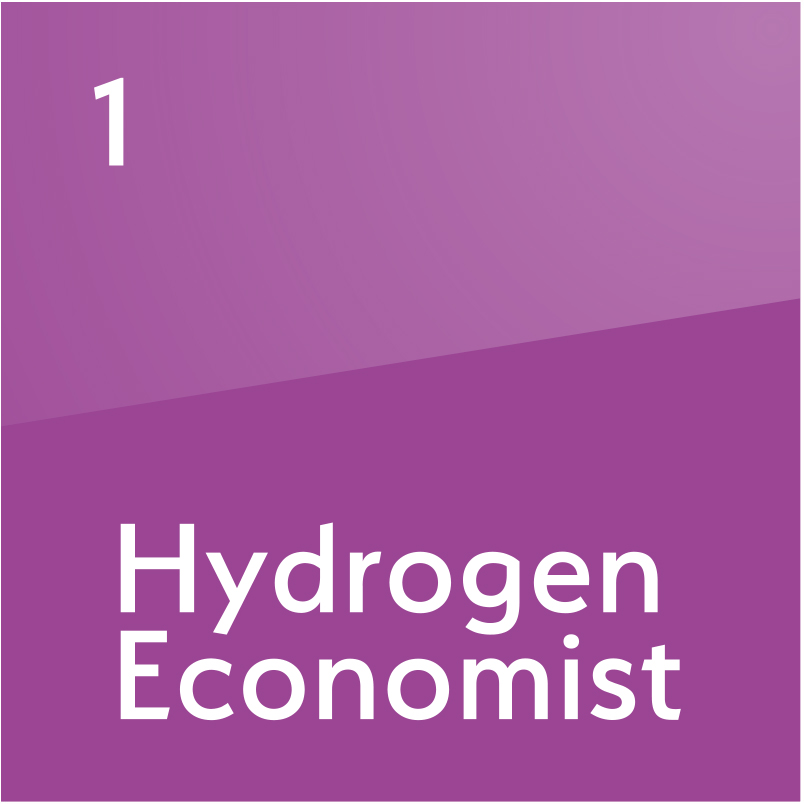The long march to energy independence: Part 2
The US finally achieved energy independence in November 2019, but was the mission a mistake from the start?
Energy independence can be achieved by boosting domestic supply or reducing domestic consumption. Most US administrations since that of President Nixon have chosen the first option because the alternative was seen as too politically risky. Boosting prices through measures such as gasoline taxes, while optimal for cutting use, was anathema to elected officials. The road to energy independence for the US—technically achieved in November 2019—was rough and circuitous. When the goal was reached, most observers saw it as a wasted effort or even a terrible mistake because success came through boosting fossil fuel use and probably adding 1–2°C to average global temperatures. Had world efforts towar

Also in this section
26 July 2024
Oil majors play it safe amid unfavourable terms in latest oil and gas licensing bid rounds allowing Chinese low-ball moves
25 July 2024
Despite huge efforts by India’s government to accelerate crude production, India’s dependency shows no sign of easing
24 July 2024
Diesel and jet fuel supplies face a timebomb in just four years, and even gasoline may not be immune
23 July 2024
Rosneft’s Arctic megaproject is happening despite sanctions, a lack of foreign investment and OPEC+ restrictions. But it will take a long time for its colossal potential to be realised







